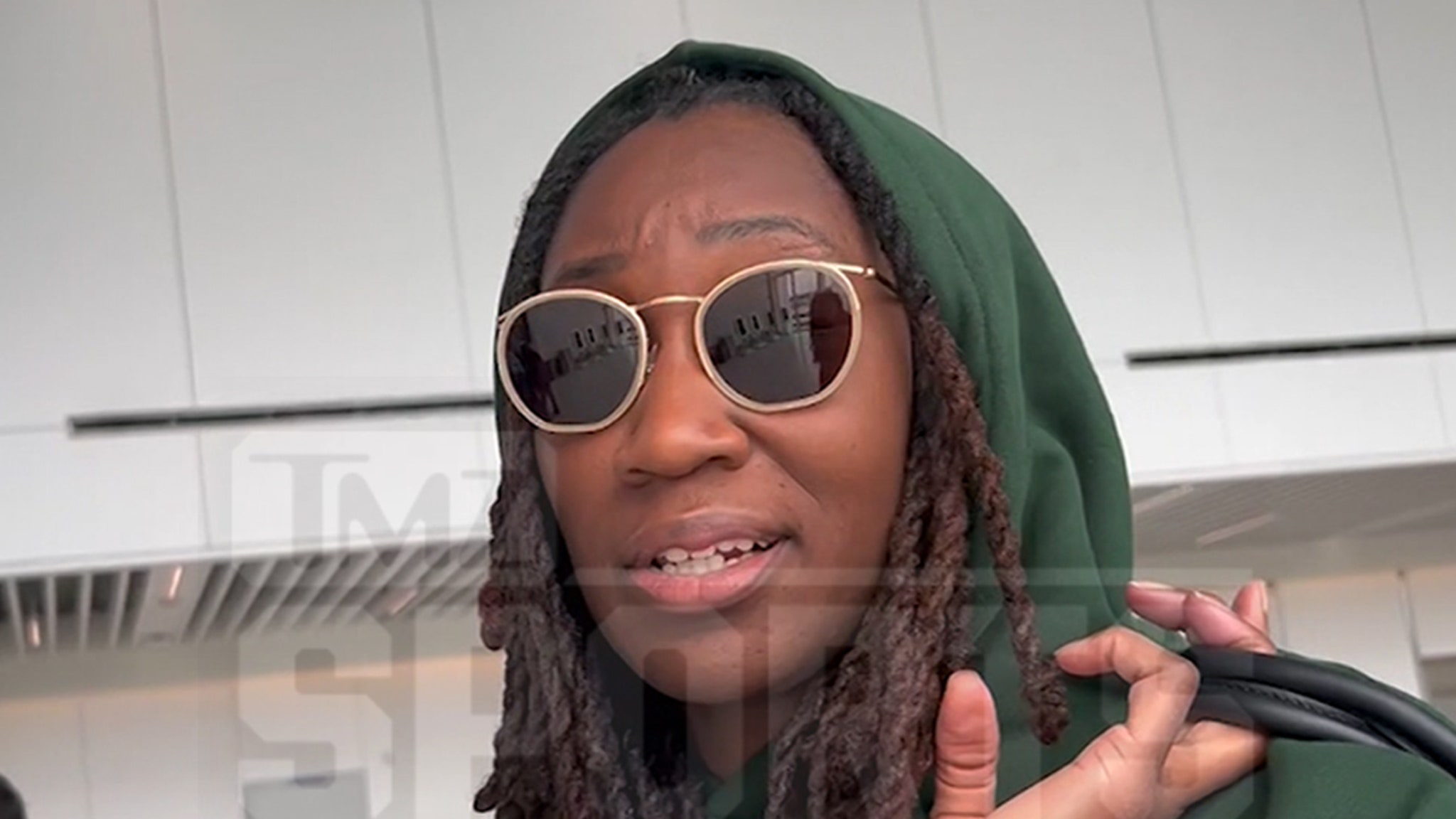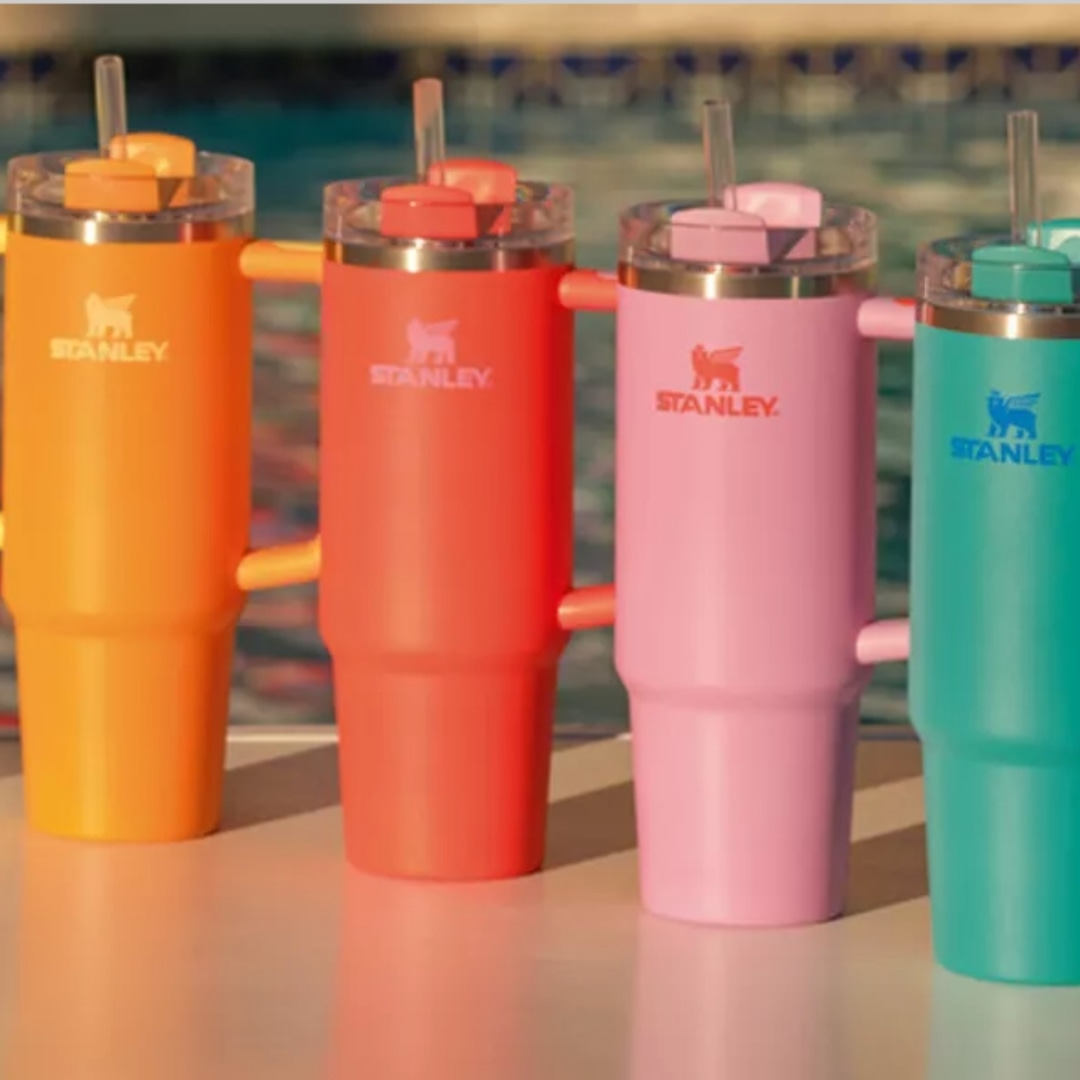Culture
Massive Fossil Donation Helps Brazil’s National Museum Rise From the Ashes

On the night of Sept. 2, 2018, a fire swept through the National Museum of Brazil, devastating the country’s oldest scientific institution and one of South America’s biggest and most important museums. On Tuesday, the museum announced that it received a major donation of ancient Brazilian fossils to help rebuild its collection ahead of a scheduled 2026 reopening.
Burkhard Pohl, a Swiss-German collector and entrepreneur who maintains one of the world’s largest private fossil collections, has handed over to the National Museum about 1,100 specimens, all of which originated in Brazil. The donation is the biggest and most scientifically important contribution yet to the museum’s rebuilding efforts, after the loss of 85 percent of its roughly 20 million specimens and artifacts in the fire.
The move also returns scientific treasure to a country that has often seen its natural heritage vanish beyond its borders — and presents a potential global model for building a natural history museum in the 21st century.
“The most important thing is to show to the world, in Brazil and outside Brazil, that we are uniting private people and public institutions,” Alexander Kellner, the National Museum’s director, said. “We want others to follow this example, if possible, to help us with this really herculean task.”
Far more than the public exhibits they host, natural history museums safeguard the world’s scientific and cultural heritage for future generations. The 2018 fire destroyed the National Museum’s entire collections of insects and spiders, as well as Egyptian mummies bought by the erstwhile Brazilian imperial family.
The flames also consumed more than 60 percent of the museum’s fossils, including parts of a specimen that scientists used to identify Maxakalisaurus, a Brazilian long-necked dinosaur. The newly donated fossils include plants, insects, two dinosaurs that might represent new species and two exquisite skulls of pterosaurs, the flying reptiles that soared over dinosaurs’ heads. The donation also includes previously studied fossils, including the enigmatic reptile Tetrapodophis, which was identified as a “four-legged snake” in 2015 but is now thought to be an aquatic lizard.
Dr. Pohl, who comes from a family of art, mineral and fossil collectors, said his donations were meant to ensure that Brazil’s national museum has a comprehensive and accessible collection of the country’s own fossil heritage.
“A collection is an organism,” Dr. Pohl said in an interview. “If it’s locked away, it’s dead; it needs to live.”
The bones provide snapshots of life in what is now northeastern Brazil between 115 million and 110 million years ago, when the region was a lake-dotted wetland frequently flooded by a young and growing Atlantic Ocean. Over time, these ancient bodies of water gave rise to the Crato and Romualdo Formations, limestone deposits in the Araripe Basin where quarries now dig for raw material to make cement. Impeccably preserved fossils lurk among the rocks, some of which formed as creatures’ bodies were rapidly covered in microbial muck along ancient shorelines, and then buried. Crato fossils were squished flat like pressed flowers; Romualdo fossils were entombed in nodules of stone.
Since 1942, Brazil has treated fossils as national property and strictly prohibited their commercial export. But for decades, Brazilian fossils from the Crato and Romualdo Formations have circulated in the global fossil market, sold into museum holdings and private collections around the world, including Dr. Pohl’s.
Brazilian paleontologists who were thrilled at the fossils’ return to their home country emphasized the research and training opportunities they represent — and the positive precedent it could help set for other donors. “It’s very positive to show to perhaps some other collectors that things can be done in a friendly manner,” said Taissa Rodrigues, a paleontologist at Brazil’s Federal University of Espírito Santo.
The seeds for Dr. Pohl’s donation were planted in 2022, when Dr. Kellner met Frances Reynolds, the founder of a Brazilian arts nonprofit called the Instituto Inclusartiz. She quickly embraced the mission of rebuilding the National Museum’s collections, reaching out to a network of collectors to secure long-term loans and donations.
“If we people can help and don’t, then I can’t expect anything from anybody else,” Ms. Reynolds said. “It’s been a lot of work but an incredible experience.”
Ms. Reynolds learned of Dr. Pohl’s fossil collection through his son, who manages galleries owned by Dr. Pohl’s Interprospekt Group, a fossil and gem company based in Switzerland. A year of negotiation followed, and the fossils were shipped to Brazil in 2023; they are being housed in provisional facilities until the museum’s main building is restored.
In addition to the fossils, the National Museum is partnering with the Interprospekt Group to jointly conduct research in the United States. Last summer, a group of six Brazilian paleontologists and students traveled to Thermopolis, Wyo., where Dr. Pohl maintains a private fossil museum. There, the Brazilian team will help dig for fossils that may later join the National Museum’s collections.
Dr. Kellner and Ms. Reynolds are actively soliciting donations and collaborations, and international institutions are responding to the call. Last year, the National Museum of Denmark donated a red cloak of scarlet ibis feathers made by Brazil’s Tupinambá people, one of only 11 such artifacts remaining in the world. The museum is also working closely with Brazil’s Indigenous groups to rebuild the museum’s ethnographic collections.
“This could be a major turning point,” Dr. Kellner said. “It’s really something for the future of our people.”






















